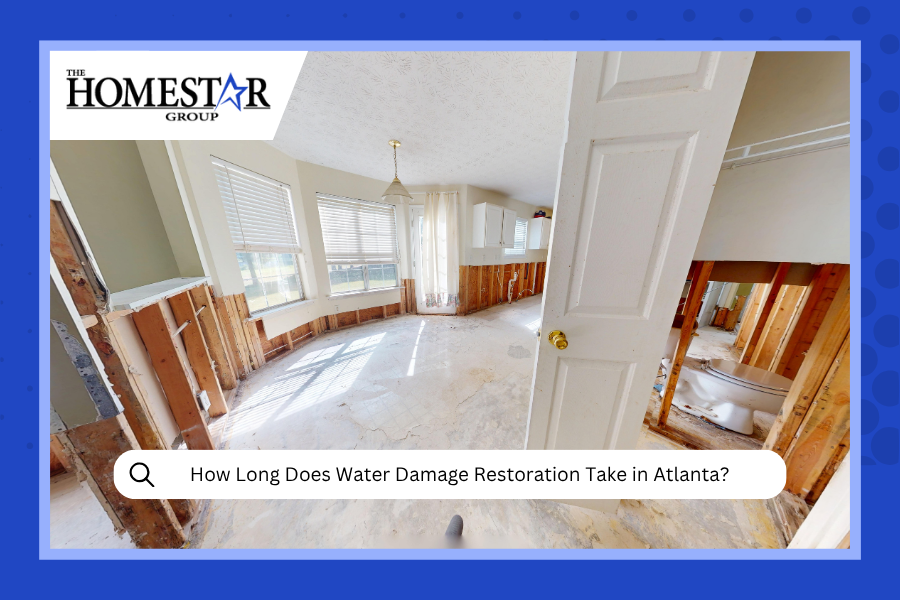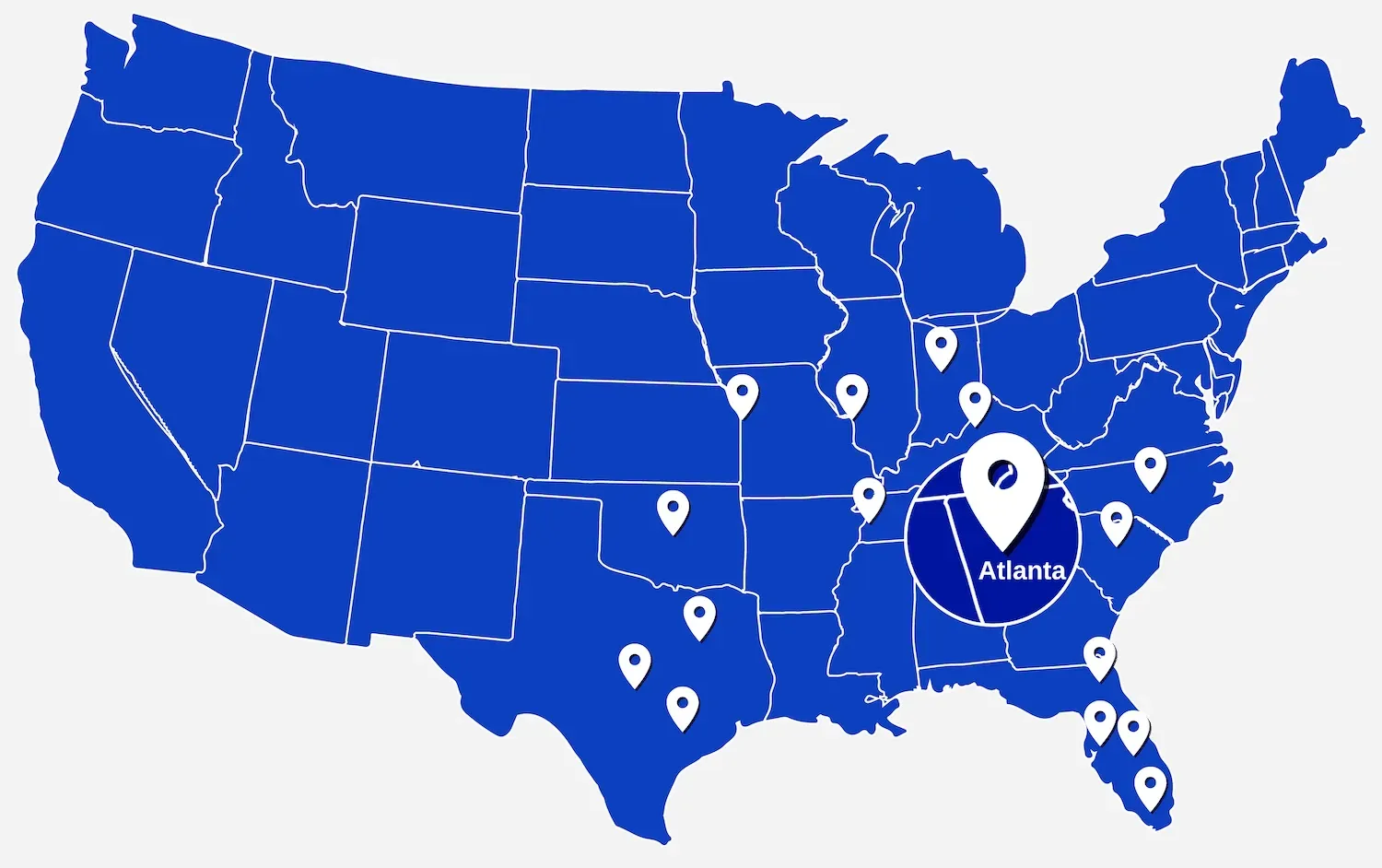
What Does Water Damage Mold Look Like?
When water finds its way into places it shouldn't, it can lead to mold growth. But what does water damage mold look like? Let's delve into this topic to understand the signs and implications of mold growth after water damage. If you need
water damage restoration Atlanta, GA, we have useful pieces of information for you. Just keep reading to find out more!
Mold and Its Types
Mold is a type of fungus that grows in moist environments, often following
water damage. There are three basic types of mold, including:
Black Mold: Black mold, also known as Stachybotrys chartarum, is one of the most known types of mold. It typically appears dark greenish-black and has a slimy texture when wet. Black mold develops in places with high humidity and organic materials like drywall, carpet, and wood. Exposure to black mold can cause respiratory issues, allergies, and other health problems.
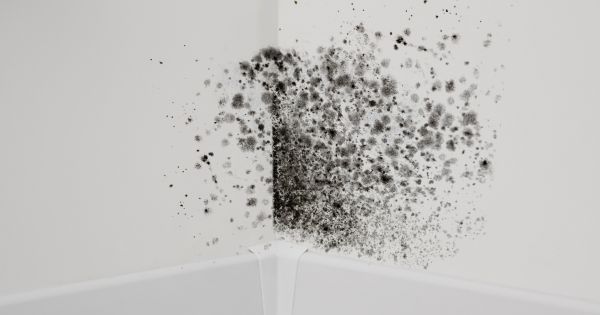
Green Mold: Green mold involves different species of mold that show greenish hues. This type of mold can appear fuzzy or powdery and is commonly found on food, plants, and damp surfaces indoors. While not all green molds are harmful, some can produce mycotoxins that carry health risks, especially to individuals with allergies or weakened immune systems.
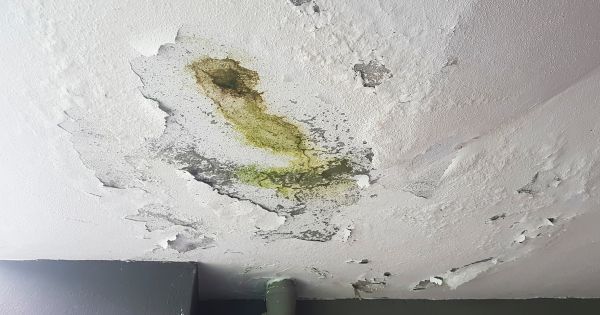
White Mold: White mold, also known as Aspergillus, is a common type of mold that appears white or light gray. It develops in warm, humid environments and can grow on different surfaces, including walls, ceilings, and organic materials like paper and fabric. While white mold is less likely to produce mycotoxins compared to black mold, it can still cause respiratory issues and allergic reactions in sensitive individuals.
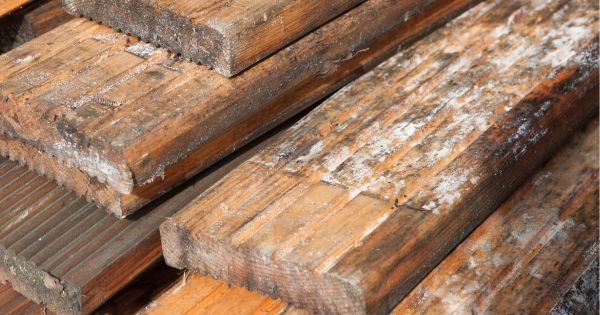
Identifying Mold After Water Damage
Once water damage has occurred in your home, the risk of mold growth becomes a pressing concern. Knowing how to identify mold post-water damage is important for taking fast action to minimize its spread and potential health risks. Below, we'll walk you through the telltale signs of mold growth and how to recognize them in your home environment.
- Fuzzy Patches: Mold often appears as fuzzy patches on surfaces, indicating active colonization.
- Discoloration: Any abnormal discoloration on walls or ceilings could be mold growth, especially if it spreads over time.
- Spots: Mold can manifest as dark or colored spots on surfaces, signaling moisture accumulation and potential colonization.
- Texture Changes: Surfaces affected by mold may show changes in texture, appearing rough or irregular compared to unaffected areas.
- Musty Odor: A damp, musty smell often indicates the presence of mold.
- Respiratory Symptoms: If you or your family members experience allergy-like symptoms such as coughing, sneezing, or nose blockage, it could be a sign of mold exposure.
Are There Any Hidden Signs of Mold After Water Damage?
Yes, there are hidden signs to watch out for:
- Peeling Wallpaper or Paint: Moisture behind walls can cause wallpaper or paint to peel.
- Warped or Buckled Flooring: Water damage beneath flooring materials can cause them to warp or buckle.
- Leaks: Even small leaks behind walls or under floors can lead to mold growth if left unchecked.
What Sources of Water Damage Cause Mold?
Water damage from different sources can create ideal conditions for mold growth. These include:
- Burst Pipes: Sudden bursts in pipes can flood your home with water, creating moist environments where mold develops.
- Roof Leaks: Damage to your roof, whether from storms or wear and tear, can allow water seepage into your attic or ceilings, fostering mold growth.
- Hail Damage: Hailstorms can lead to damage to your roof, puncturing it and allowing water to seep into it, leading to mold infestations.
- Floods: Natural disasters like floods can soak up your home, saturating walls, floors, and belongings with water, providing ideal breeding grounds for mold.
- Plumbing Issues: Persistent leaks from faucets, clogged drains, or malfunctioning appliances may result in continuous moisture accumulation, encouraging mold colonization over time.
How Does Mold Spread?
Mold spores are microscopic and can easily spread through the air. Once they find a damp surface to settle on, they can begin to grow and multiply rapidly. Mold can also spread through contact, such as when contaminated items are moved from one area to another.
Read About -
The Danger of Water Damage Vs. Mold
Prevention Tips
Preventing water damage and mold growth in your home requires proactive measures to tackle moisture issues and maintain a dry, healthy environment. By implementing these prevention tips, you can reduce the risk of water damage and mold infestation:
- Fix Leaks Quickly: Water leaks, whether from plumbing fixtures, appliances, or roofing, can quickly escalate into significant water damage if left unchecked. Quickly tackling leaks and repairing any damaged pipes or fixtures can prevent moisture buildup and mold growth.
- Ensure Proper Ventilation: Proper ventilation is important for reducing humidity levels and preventing condensation, which can contribute to mold growth. Ensure that bathrooms, kitchens, and other moisture-prone areas are ventilated with exhaust fans or windows to allow moisture to escape.
- Control Indoor Humidity: Monitoring and controlling indoor humidity levels is key to preventing mold growth. Keep indoor humidity levels below 60%, especially in humid climates or during damp seasons.
- Regularly Inspect for Water Damage: Regular inspections of your home for signs of water damage, such as water stains, peeling paint or wallpaper, or musty odors, can help catch potential issues early before they escalate into larger problems.
- Clean and Dry Water-Damaged Areas: In the event of water damage, whether from a leak or a flood, it's important to clean and dry affected areas as soon as possible. Thoroughly removing water and moisture within 24-48 hours can prevent mold growth and further damage to your home's structure and belongings.
Contact The Homestar Group for Water Damage Restoration Services
If you suspect mold from water damage in your home, don't hesitate to reach out to
The Homestar Group for professional water damage services. With advanced equipment and proven techniques, we can restore a clean and healthy living environment for you. Contact The Homestar Group today for professional help at (678) 928-5377 or
fill out our online form.



